July GTA Housing Surge: What Buyers, Sellers, and Investors Need to Know
July 2025 brought a striking surprise to the Greater Toronto Area (GTA) housing market. After months of sluggish activity, home sales surged to their highest level for the month since 2021—marking a notable shift in momentum. Yet, this surge comes amid persistent price declines and rising inventory, creating complex dynamics for buyers, sellers, and investors alike. Here’s what each stakeholder needs to consider.
A Sales Spike—But Not a Boom
Sales jumped 10.9% year-over-year, totaling 6,100 homes sold in July—a July high not seen since 2021 The Times+4WBN News+4movesmartly.com+4Reuters+2WOWA+2WOWA+5CTVNews+5trreb.ca+5.
On a seasonally adjusted basis, sales were up around 13% from June, signaling a sharp uptick in activity ReutersGlobal News.
However, despite the rebound, this isn’t yet a full-scale market recovery. Mortgage brokers remain cautious, noting that fundamental imbalances—like oversupply and sluggish demand—still define the market Reddit+15Mortgage Professional+15CTVNews+15.
Prices Tumble Despite Buyer Activity
The Home Price Index dropped 0.2% in July to about C$979,000, marking the seventh decrease in eight months Reuters.
Average and median prices also slipped: the average sale price sat at roughly C$1,051,719, down about 5.0% monthly and 5.5% year-over-year Mortgage Professional+12WOWA+12Global News+12. The median price was C$910,000, down 4.2% both month-on-month and year-on-year WOWA.
Benchmarks like the MLS® HPI fell to C$981,000—a four-year low trreb.ca.
In short: demand may be picking up, but pricing remains under pressure.
Supply Pressures Remain High
Active listings climbed to 30,215 in July, a 26–26.5% increase from July 2024 WOWA+1.
New listings rose by around 5.7% year-over-year to 17,613 homes Mortgage Professional+14Global News+14WOWA+14.
These surging inventory levels are contributing to a buyer-friendly landscape. The Sales-to-New-Listings Ratio (SNLR) sat at just 35% for the GTA—and 37% in the City of Toronto—indicating a clear buyer’s market (an SNLR under 40% typically signifies such markets) WOWA+2True North Mortgage+2.
What Buyers Should Know
Greater negotiating power. With inventory high and prices trending downward, buyers can negotiate more aggressively—leverage conditions, price, or closing flexibility in their favor.
Still watch borrowing costs. While the Bank of Canada has held its rate at 2.75%, further cuts could make a real difference Reuters.
More options than usual. The surge in listings means more homes to choose from—potentially helping first‑time buyers or those targeting specific property types.
What Sellers Should Do
Price it smart. With average sale-to-list price ratios around 98% (down from 99% last July), sellers need to set realistic prices and expect some negotiation margin WOWA.
Differentiate your listing. High competition means homes need standout features—curb appeal, professional staging, or buyer incentives can make a difference.
Plan for longer listing times. Days on market have risen—from 36 days last July to 41 days this July—so factor in patience and flexibility WOWA.
What Investors Should Consider
Opportunity in ground‑oriented homes. According to CMHC, demand is expected to bounce back faster for resale, ground-oriented homes compared to condos CMHC.
Condo segment remains weak. Condo prices are lagging, primarily due to oversupply and reliance on investor demand. In the GTA, condos saw an average price drop of 9.4% year-over-year—the steepest across property types WOWA.
Watch for renewals. Many mortgages signed five years ago are up for renewal later this year. If rates hold or rise, some leveraged investors may sell, increasing supply Mortgage Professional.
The Road Ahead: Why It Matters
Affordability is surfacing. TRREB attributes renewed sales activity to better affordability—driven by lower prices and any easing in borrowing costs
Seasonal or sustainable? The July rebound may be partly seasonal. If economic uncertainties linger or inflation persists, the market may stall again as buyers pause
Interest rate cuts? The Bank of Canada’s hold at 2.75% suggests rate cuts could be on the table—if inflation remains contained. Such cuts could fuel more demand later in 2025.
Final Thoughts
July 2025 marked a standout month for GTA home sales—reaching July highs unseen since 2021. But rising inventory and slipping prices mean the market is not turning bullish—yet. Buyers benefit from more options and leverage, sellers must adapt their pricing and marketing strategies, and investors should be selective, especially in the condo space.
All stakeholders should stay attuned to interest rate moves, mortgage renewals, and inflation outlook. If rates ease and demand holds, this surge could be the opening act of a broader market recovery. But if conditions remain uncertain, the summer’s momentum may prove fleeting.

